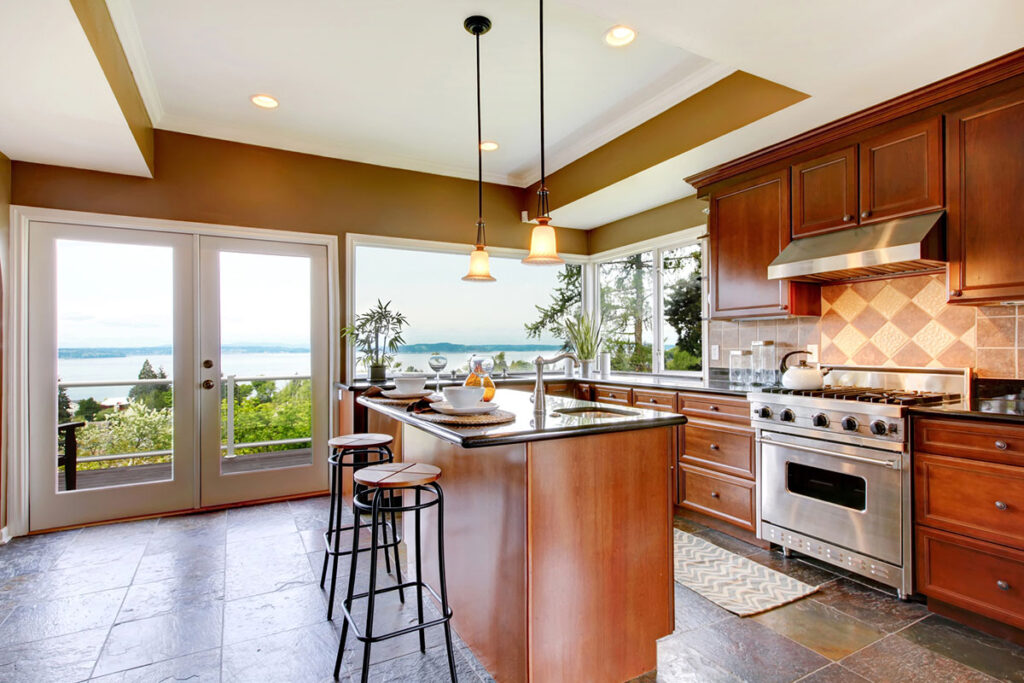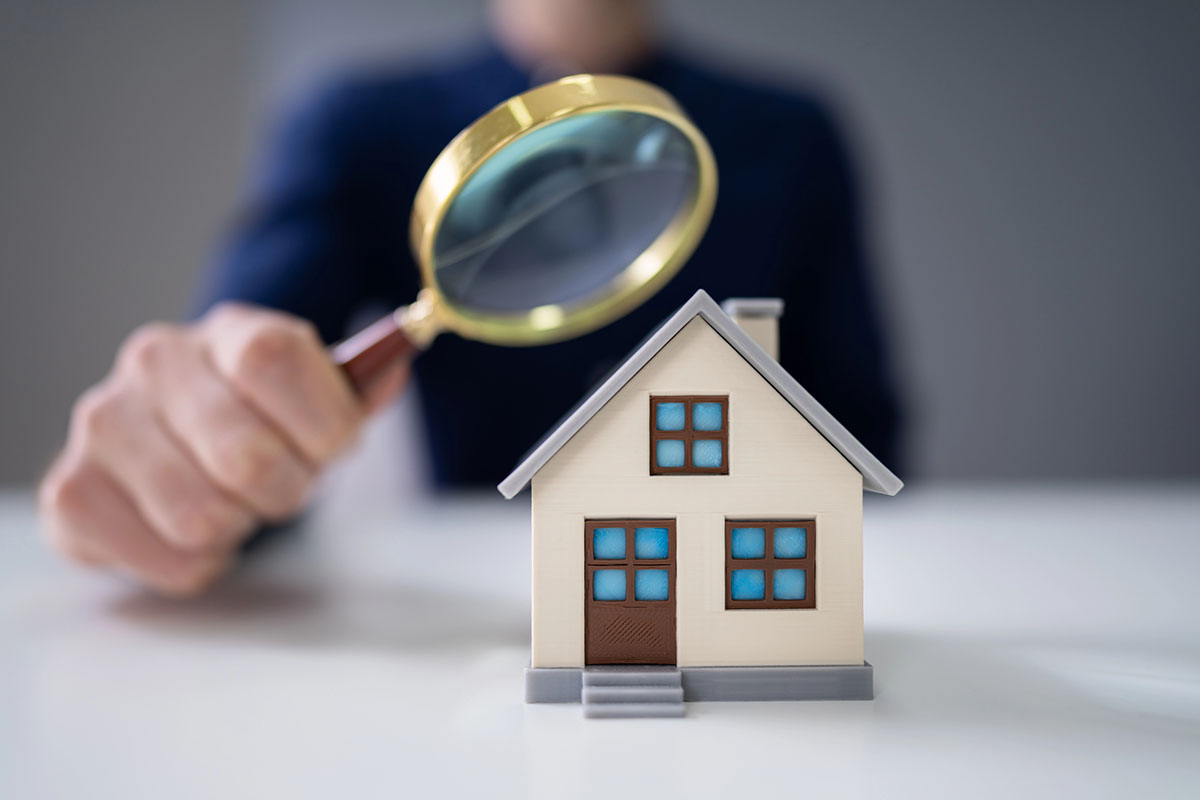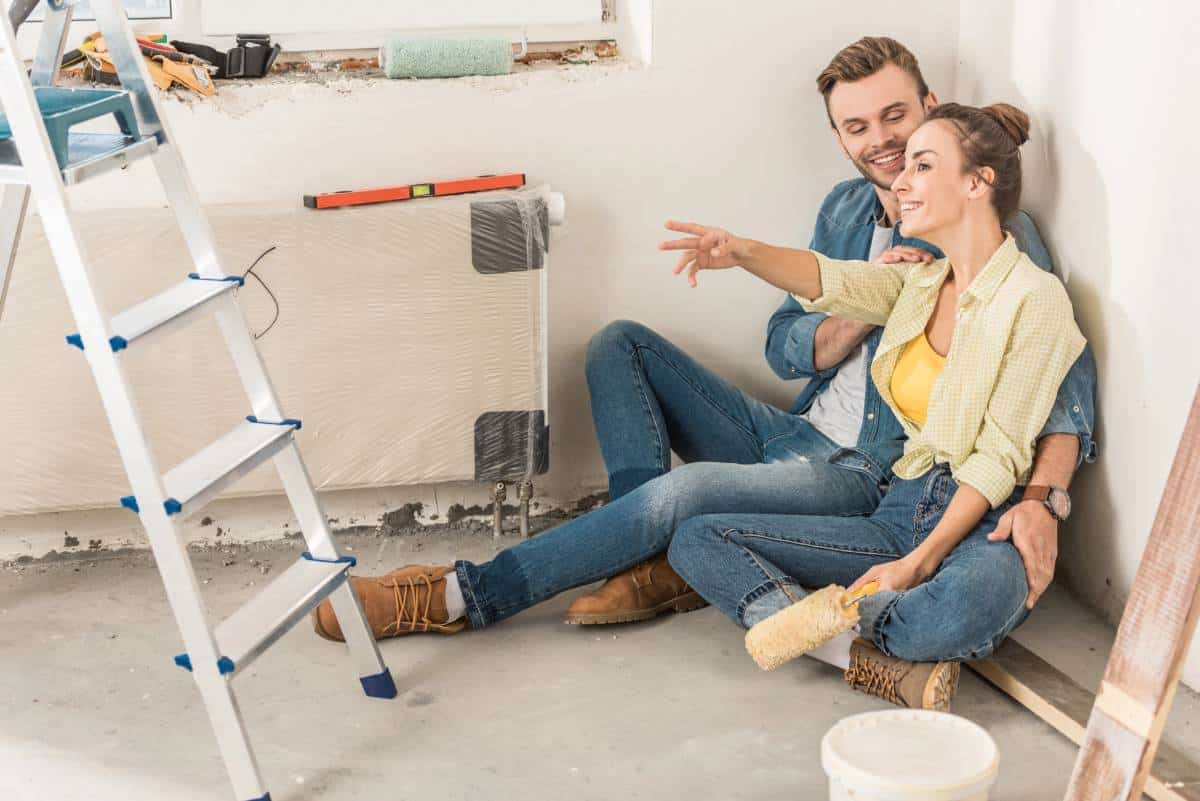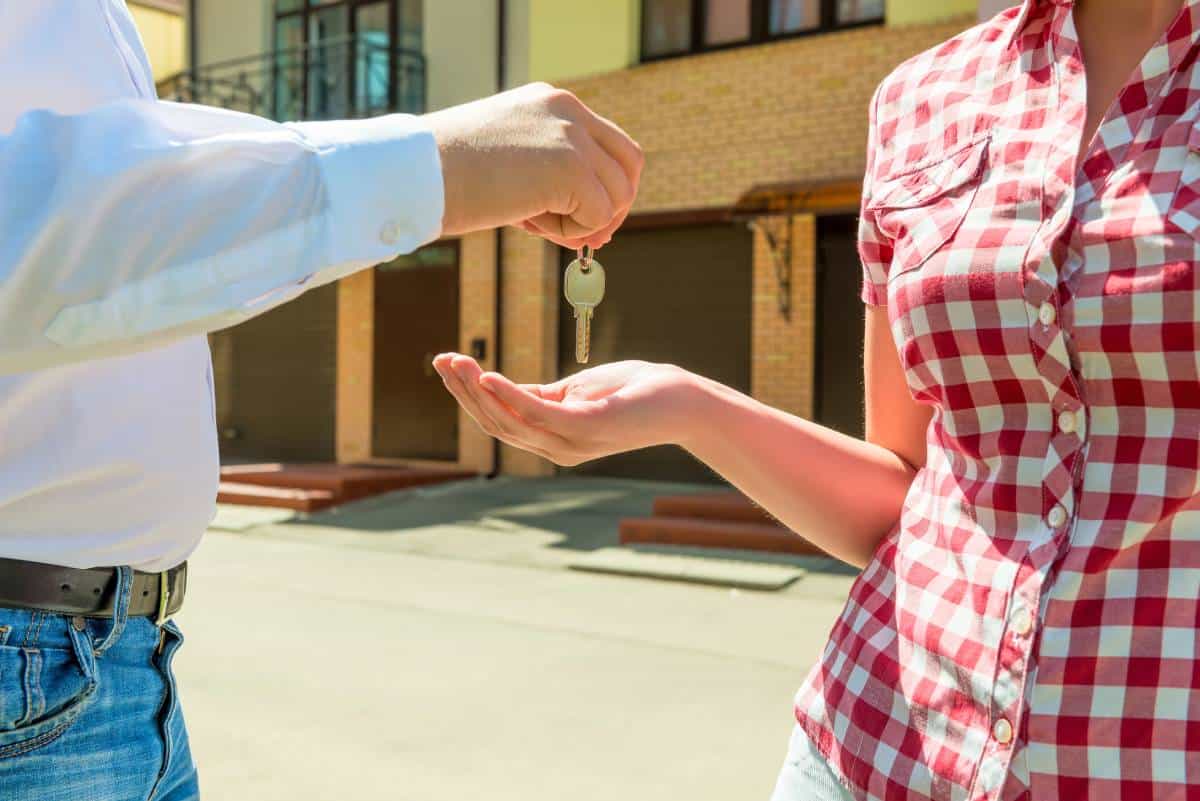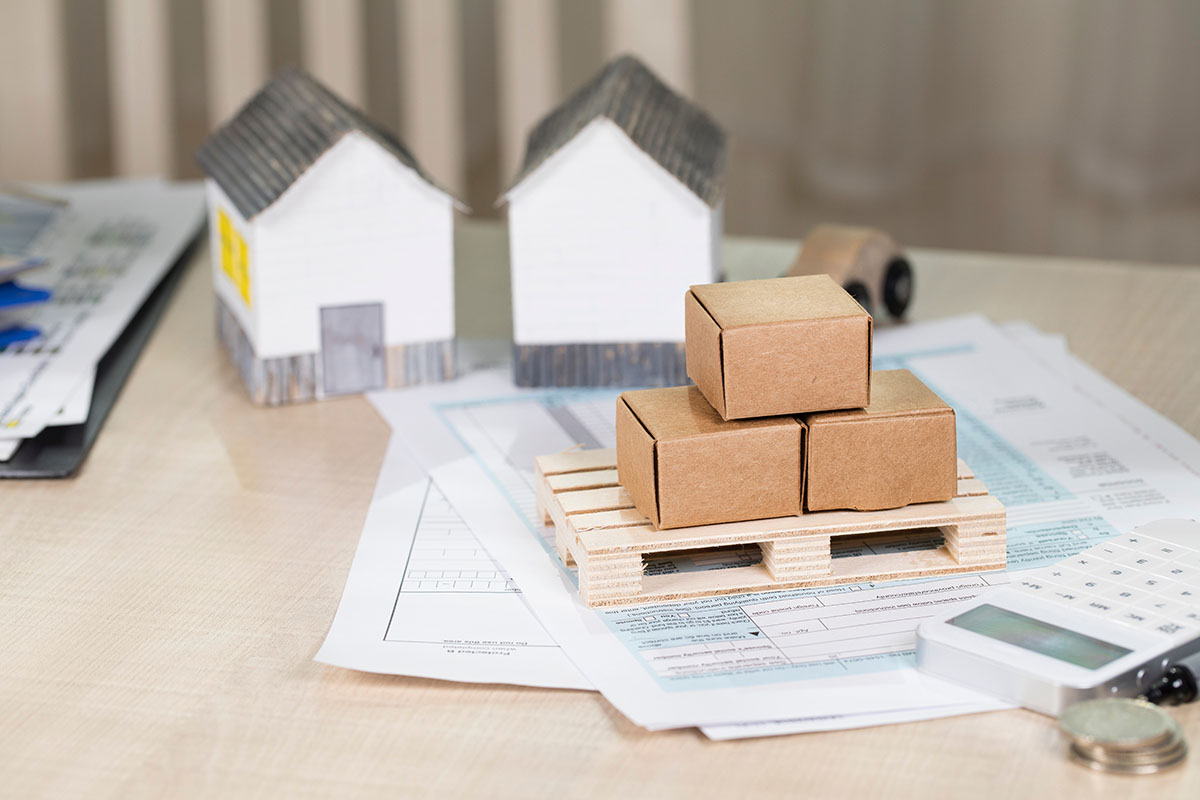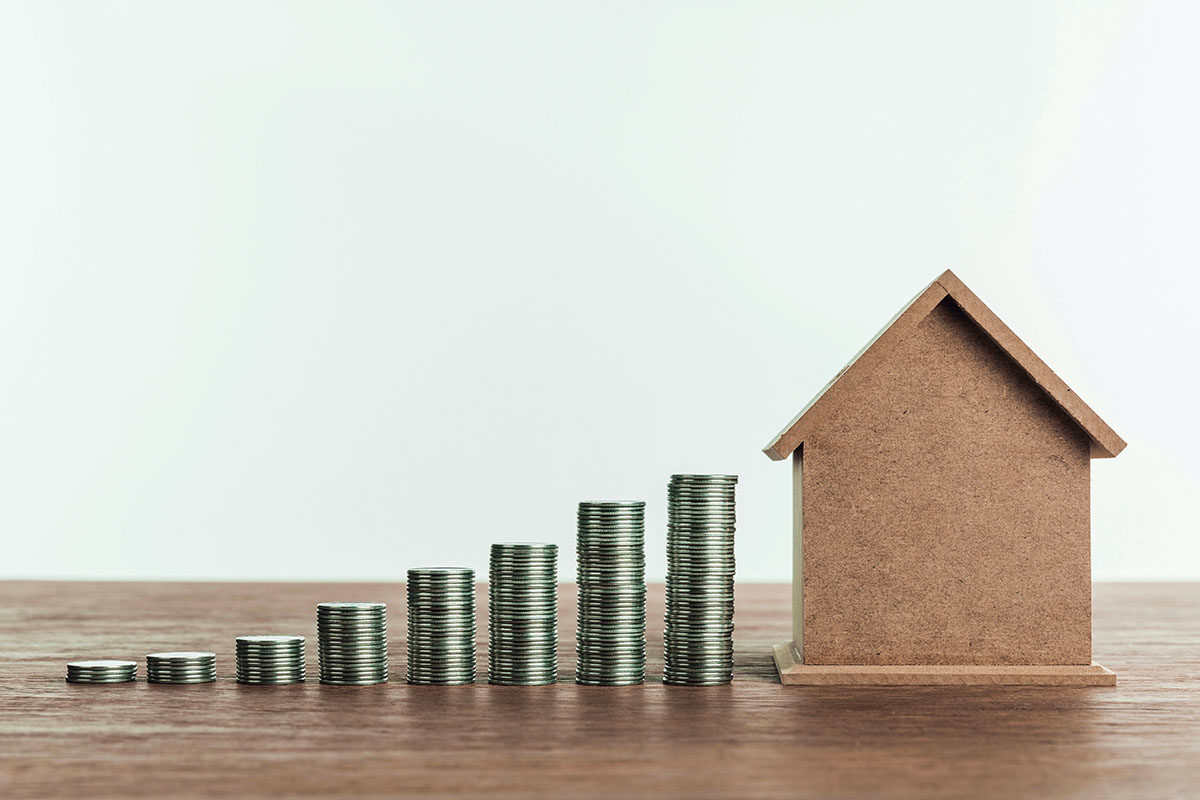Staging your property is the key to attracting potential clients and securing a successful sale. Effective staging increases your property’s appeal, helping buyers envision their lives in the space. Key benefits of staging include:
- Faster sales: Staged properties sell significantly quicker than non-staged ones.
- Higher offers: Buyers are often willing to pay more for a well-presented property.
We’ll provide practical tips on how to stage your house or apartment effectively. From decluttering to creating inviting spaces, you will discover strategies that enhance your property’s charm and marketability. By following these insights, you can increase the likelihood of getting more people at your door.
Understanding Staging
Home or apartment staging is the process of preparing a home for sale by enhancing its appeal to potential buyers. This involves rearranging furniture, decluttering spaces, and making minor repairs to create an inviting atmosphere.
Benefits of Staging
- Professional Staging Services: Hiring experts can significantly enhance your home’s appeal. Professionals are trained to highlight your property’s strengths and minimize its weaknesses.
- DIY Options: While you can stage yourself, achieving the same level of polish may be challenging without experience. A mix of both methods can often yield the best results.
Impact on Sale Prices
According to the National Association of Realtors, staged properties sell for 10–15% more than their unstaged counterparts. Properties that are staged spend 73% less time on the market, making staging a critical strategy in real estate sales.
Preparing for Sale or Rent
Decluttering is essential when preparing your home or apartment for sale or rent. Excess clutter can distract potential buyers and make spaces feel smaller. Focus on these key steps to effectively declutter each room:
- Remove personal items: Family photos, personal collections, and memorabilia should be packed away. This allows buyers to envision their lives in the space.
- Minimize clutter: Clear surfaces like countertops, tables, and shelves. Aim for a clean, open look that showcases available space.
- Organize storage areas: Tidy closets and cabinets, ensuring they appear spacious and well-maintained.
Key Areas for Staging
Staging key areas significantly enhances its appeal. Consider the following strategies:
Living Room Staging
- Arrange furniture to maximize space. Position larger pieces against walls to create a more open pathway.
- Use area rugs to define conversation zones and encourage flow.
Focal Points
- Identify standout features like fireplaces or built-in shelves.
- Direct attention to these elements by arranging furniture around them, creating an inviting atmosphere.
Effective furniture arrangement not only highlights your home’s best attributes but also helps potential buyers envision themselves in the space.
Kitchen Staging Tips
- Declutter Countertops: Clear off all non-essential items. Keep only a few decorative pieces or essential appliances visible.
- Organized Pantry: Ensure that pantry shelves are neat and orderly. Use clear containers for dry goods to create an appealing, organized look.
- Highlight Appliances: Clean and polish all appliances. Show off any modern features such as smart technology to attract tech-savvy buyers.
- Functional Layout: Arrange furniture and accessories to emphasize space. A tidy kitchen creates an inviting atmosphere, making it easier for potential buyers to envision cooking and entertaining.
- Simple Decor: Use a neutral color palette to enhance the space. Fresh flowers or a bowl of fruit can add a touch of warmth without overwhelming the senses.
Master Bedroom Staging
Creating an inviting master bedroom requires attention to detail and a focus on simplicity. Consider the following strategies:
- Use Neutral Colors: Soft, neutral tones promote a calming atmosphere. Choose bedding and curtains in whites, beiges, or light grays.
- Minimize Clutter: Clear surfaces of personal items and excess decor to make the space feel larger.
- Select Simple Decor: Opt for minimalistic art or decorative elements that enhance rather than overpower the room.
- Ensure Cleanliness: A spotless room signals care and maintenance. Pay special attention to linens and flooring.
These elements work together to create a serene environment that helps potential buyers envision themselves in the space.
Outdoor Spaces Staging
Enhancing curb appeal plays a vital role in attracting potential clients. Consider the following landscaping ideas to improve your front yard:
- Clean and Maintain: Regularly mow the lawn, prune hedges, and remove weeds.
- Add Color: Introduce vibrant flower boxes or seasonal plants for a lively touch.
- Improve Entryway: A freshly painted front door in a bold color can create an inviting focal point.
- Outdoor Living Areas: Create distinct spaces with weather-resistant furniture. Use potted plants and decorative elements to establish cozy settings.
Investing time in outdoor spaces staging increases overall appeal and invites buyers to envision their future home.
Budget-Friendly Staging Tips
Staging your property doesn’t have to break the bank. Here are some budget-friendly staging tips that can enhance your space without significant expenses:
1. Use Existing Furniture Creatively
Rearranging your current pieces can create a fresh look. Consider moving sofas to open up space or placing accent chairs in cozy corners.
2. Low-Cost DIY Projects
Simple updates like repainting furniture, adding new throw pillows, or creating art can personalize your home. Explore local craft stores for inexpensive materials.
3. Renting Furniture as an Alternative
If your current furnishings don’t fit the desired aesthetic, consider renting stylish pieces. This option provides flexibility while completing the look of your home.
The Role of Professional Staging Services
Cost of professional staging services varies by location and size of the property.
- Average expenses range from $1,000 to $3,000, with $675 being the median cost.
- Staging an apartment typically costs around $2 per square foot.
- Investing in professional staging can yield a significant return on investment (ROI).
- Homes that are staged sell up to 30 times faster than non-staged homes.
Virtual Staging Options
Virtual staging offers a cost-effective alternative to traditional methods, utilizing virtual staging software to create stunning images of your property. Benefits include:
- Enhanced online listings that attract more potential buyers
- Flexibility in showcasing different styles without the need for physical furniture
Cost comparison reveals that virtual staging typically ranges from $30 to $100 per image, significantly lower than the $1,000 to $4,000 average for traditional staging. As augmented reality in real estate continues to grow, incorporating these digital tools can make your listing stand out.
Preparing for Showings and Photography
First impressions in real estate significantly influence potential buyers. A well-maintained exterior and inviting interior can create a strong appeal. Consider the following aspects when preparing your property for showings and photography:
1. Curb Appeal
- Maintain a tidy front yard by mowing the lawn, trimming hedges, and removing debris.
- Add potted plants or seasonal flowers to enhance vibrancy.
- Ensure the front door looks fresh with a new coat of paint or decorative elements.
2. Interior Presentation
- Declutter each room to create a sense of space. Remove personal items that may distract buyers.
- Deep clean surfaces, including appliances, windows, and bathrooms to convey care and maintenance.
3. Lighting and Arrangement for Photography
- Utilize natural light by opening curtains and blinds. Turn on all lights to brighten the space.
- Arrange furniture to suggest flow and spaciousness. Ensure key features like fireplaces are highlighted.
- Utilize soft white bulbs (2700–3000K) for warm lighting in photographs.
Creating photo-ready rooms enhances online listings. High-quality images capture attention and generate interest, leading to quicker sales. Implement these strategies to maximize your property’s visual appeal during showings and photography sessions.
Implement These Effective Home and Apartment Staging Strategies to Attract More Clients
Staging your home or apartment is essential for attracting potential buyers or renters. Here are some effective staging strategies to implement:
- Declutter and Depersonalize: Remove personal items and excess clutter to create a clean slate.
- Highlight Key Features: Accentuate focal points such as fireplaces and large windows.
- Create Inviting Spaces: Use furniture arrangement to make rooms appear spacious and functional.
- Focus on Curb Appeal: Enhance the exterior with landscaping, fresh paint, and clean walkways.
- Maintain Cleanliness: Ensure every room is spotless, including kitchen and bathrooms.
High-quality images play a crucial role in online listings. Utilize these strategies to showcase your property effectively. Implementing these tips can lead to faster sales and higher offers. Engage potential clients with a welcoming atmosphere that helps them envision living in the space.
Frequently Asked Questions About Staging
What is home staging and why is it important for selling homes?
Home staging is the process of preparing a house or apartment for sale by enhancing its appeal to potential buyers. It’s important because effective staging can lead to faster sales and higher offers, making your property stand out in a competitive market.
What are the benefits of hiring professional stagers versus DIY staging?
Hiring professional stagers can provide expertise and experience that may significantly enhance the overall presentation of your home. Statistics from the National Association of Realtors indicate that professionally staged homes often sell for higher prices and spend less time on the market compared to those staged by owners themselves.
How can I effectively declutter my home before staging it for sale?
To effectively declutter, start by removing personal items and excess clutter from each room. Focus on creating open spaces, which helps potential buyers envision themselves in the home. Consider organizing items into keep, donate, and discard categories to streamline the process.
What are some key areas to focus on when staging my living room?
When staging your living room, arrange furniture to create a spacious feel, emphasizing focal points like fireplaces or large windows. Ensure that the space feels inviting and allows for easy flow of movement, which can greatly enhance buyer interest.
What budget-friendly tips can I use for staging my home?
Utilize existing furniture creatively by rearranging or repurposing items you already own. Engage in low-cost DIY projects to enhance appeal, such as painting walls or adding decorative accents. Renting furniture is also an affordable alternative if new pieces are needed.
How does virtual staging work and what are its benefits?
Virtual staging involves using software or augmented reality tools to digitally furnish and decorate a space in online listings. This method can be cost-effective compared to traditional staging, allowing you to showcase your property without physical furniture while still attracting potential buyers with appealing visuals.

